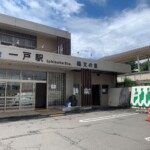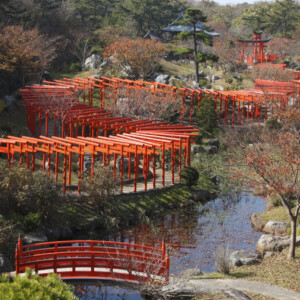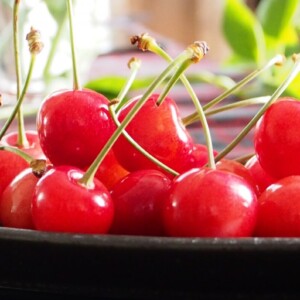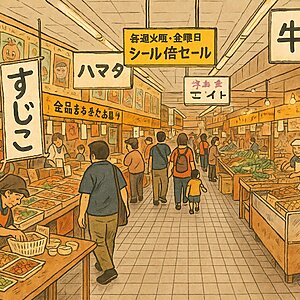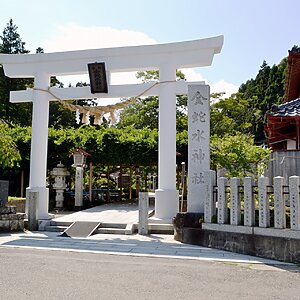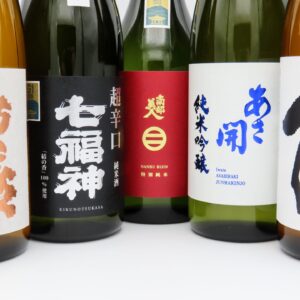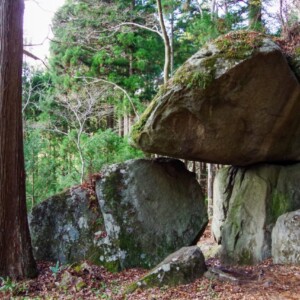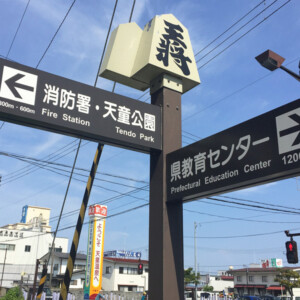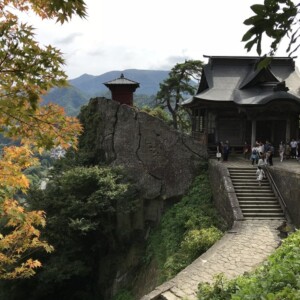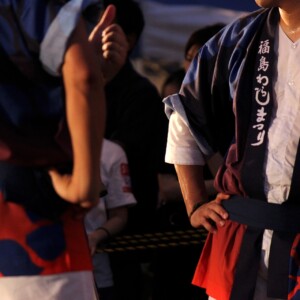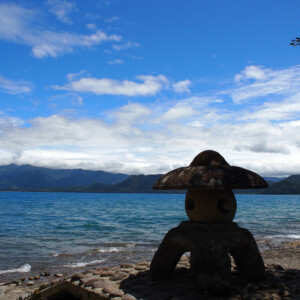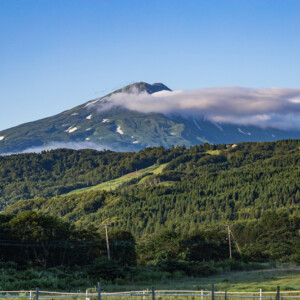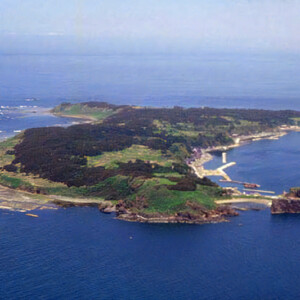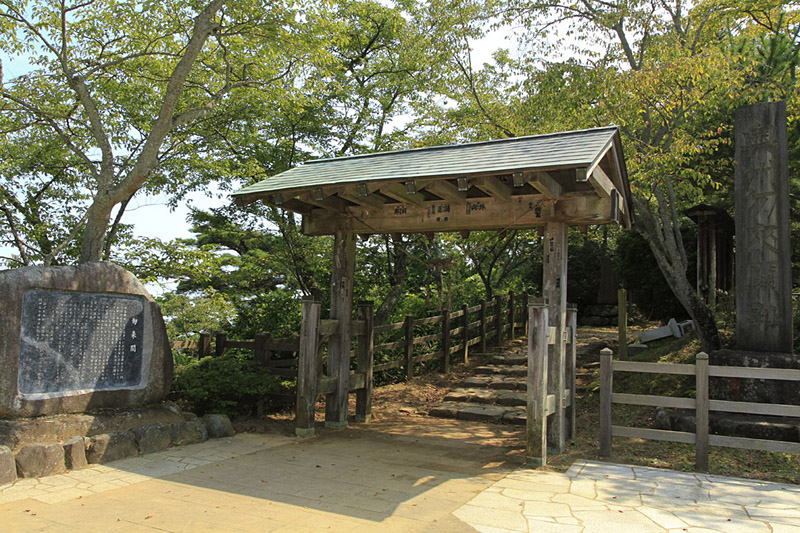
The place you should not come and the phantom checkpoint "Nakura no Seki" written in waka poetry [Fukushima Prefecture]
table of contents
- 1 Border checkpoint on the ancient Tokaido
- 2 ``Nakono Seki'' has been used as a song pillow in more than 100 waka poems.
- 3 The Nakono Seki ruins was built by the Iwakidaira clan for tourism during the Edo period.
- 4 ``Nakono Seki'' written in a Heian period waka poem
- 5 Nakono Seki Park is a famous cherry blossom viewing spot. Literary stroll along the poetry path
- 6 ``Nakoso no Seki'' is a romantic spring. We look forward to solving the mystery in the future.
"Nako no Seki/Nako no Seki" is an ancient site of a checkpoint that is said to have been located around the border between Fukushima and Ibaraki prefectures.

In the time of the Tohoku region, when it was once known as Emishi, the Imperial Court established three checkpoints to prevent the Emishi people from invading Yamato Province (areas controlled by the Imperial Courts in Nara and Kyoto).
The checkpoints are called the Oshu Sankan, and are "Prayer Beads (Negaseki/Prayer Beads/Negaseki)" (Yamagata Prefecture/around the prefectural border between Yamagata Prefecture and Niigata Prefecture), Shirakawa Seki (Shirakawa Seki/around the prefectural border between Fukushima and Tochigi Prefecture), and "Nakura Seki", but no remains of the checkpoints have been identified today.
Border checkpoint on the ancient Tokaido
The place where ``Nakono Seki'' is said to have existed is one of the main roads in ancient times, which ran from Kyoto mainly along the Pacific coast to Mutsu Province (Fukushima Prefecture, Miyagi Prefecture, Iwate Prefecture, Aomori Prefecture). It is located on the border with Hitachi Province (Ibaraki Prefecture) on the Tokaido Road.
The road to Nakono-no-Seki was the road to Tagajo (Miyagi Prefecture), the center of the Tohoku region.In the Edo period, the road from Edo to Mito (Ibaraki Prefecture) was known as the "Mito Kaido," and the road north of Mito was called the "Iwaki Kaido." The main road connecting Edo and the Tohoku region, which is called the Iwaki Kaido, Iwaki Soma Kaido, and Edohama Kaido, and connects the major feudal lords such as the Mito, Sendai, and Nanbu domains. was.
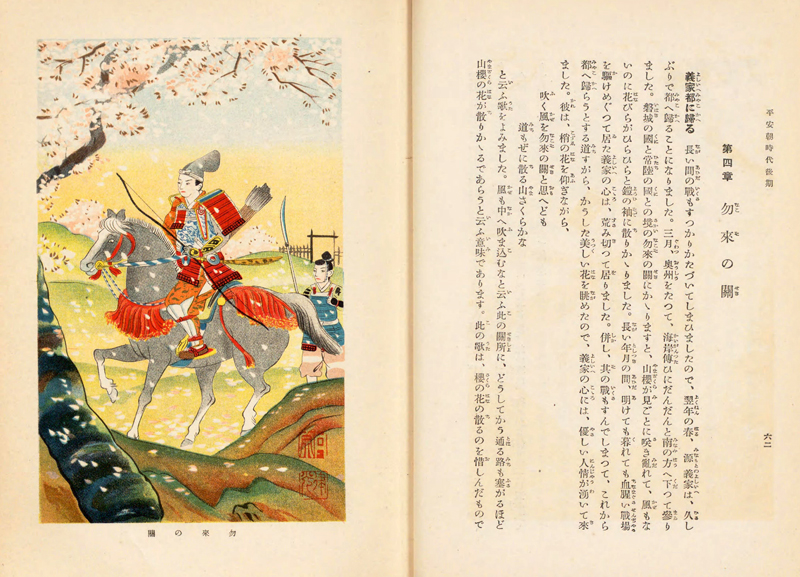
It is no surprise that many officials who traveled back and fortresses in the Tohoku region, such as Nara, Kyoto and Tagajo, were thought to have passed through this border, so it would not be surprising if there were any checkpoints, but their names only appear in waka poets, and there are no traces of the remains of the checkpoint.
Therefore, there has been a recent theory that "Naku no Seki" was not a checkpoint, but merely a borderland, or that "Naku no Seki" itself.
``Nakono Seki'' has been used as a song pillow in more than 100 waka poems.
Why did Nakono Seki become the focus of so many people's attention during the Edo period?
In the Edo period, ``Nakono Seki'' did not actually exist. However, many poetry anthologies from the Heian period to the Muromachi period included poems about ``Nakono Seki'' as a utamakura (famous place), so people were curious about what the place was like, and their imaginations expanded.
The Nakono Seki ruins was built by the Iwakidaira clan for tourism during the Edo period.
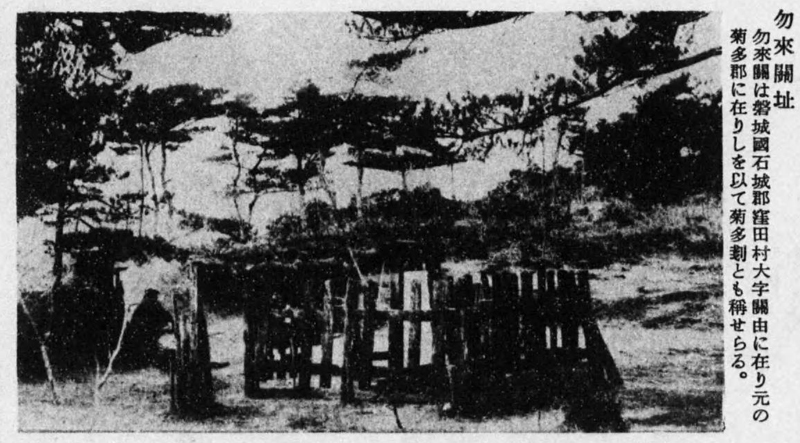
The Iwaki Rahan, which ruled the southern part of Mutsu Province, which bordered Hitachi Province during the Edo period, analogized from waka poetry to the location of Sekida-juku (Sekida, Naruko-cho, Iwaki City), a post town on the border of Hitachi Province, as the location of the "Naruko no Seki" and developed it as the "Naruko no Seki."
As a result, many people visited the "Naku no Sekito" from Edo, and "Naku no Seki" became popular as a literary sight.
``Nakono Seki'' written in a Heian period waka poem
``Nakono Seki'' became famous when it was included in the ``Senzai Wakashu'' at the end of the Heian period.
“The blowing wind is the mountain of cherry blossoms that fall along the road.”
(I thought that the wind that scatters flowers would not come to Nakoseki, which is said to "don't come," but (the wind blows) wild cherry blossoms are scattered all over the road.)
This is probably a waka by Minamoto no Yoshiie (1039-1106).
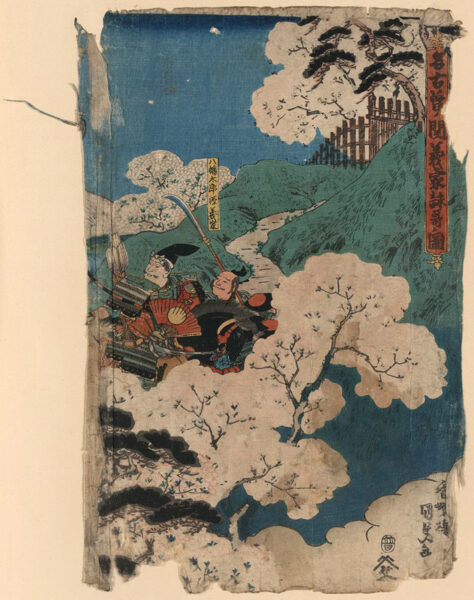
Minamoto no Yoshiie was a military commander known as ``Hachimantaro Yoshiie,'' and in 1083 he established the head of Mutsu Province (Mutsu no kami) and the military base (Chinjufu) for defense against the Emishi in Mutsu Province. Gosannen no Eki (Gosannen no Eki/Gosannen Battle) (1083-1087), which destroyed the Kiyohara clan, a powerful clan that had great power in Ou. ) is happening.
Yoshiie traveled back and forth between the Imperial Court in Kyoto and Taga Castle, passing through Nakono Seki many times. This song is about the sadness of the soldiers who came to a place they were not supposed to come to (Nakoso, the distant land of Oshu) and scattered when Yoshiie passed through Nako no Seki in the third year of his post. It is said to be a thing.
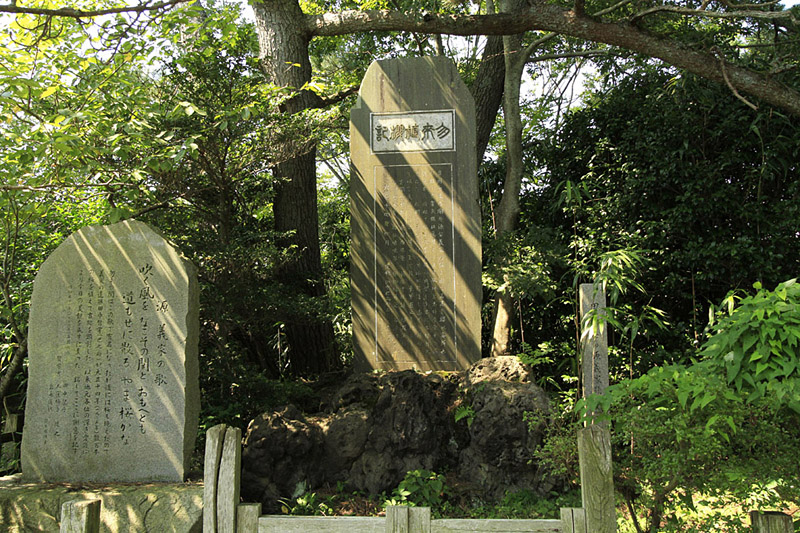
Besides
Ononokomachi (Early Heian period, birth and death unknown)
“Mirume-kari, on the port road where the ama divers come and go, and the barrier of Nakoso, there is no need for me.” (Shinchoku Sen Wakashu)
(Even though I haven't set up a barrier to say ``Konaide'' on the Minato road where the seafarers come and go to cut sea pine cloth, I haven't told them not to come. Why haven't you come to see me? (From the Ononokomachi poem monument in Nakono-no-Seki Park) *Kaimatsu cloth: seaweed called miru, seaweed mill
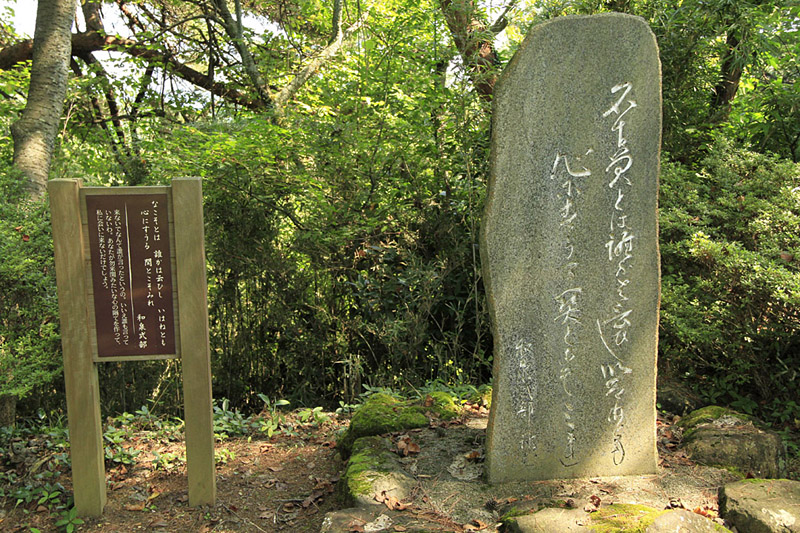
Izumi Shikibu (mid Heian period, birth and death unknown)
“What is Nakoso? No matter what someone says, it is something that comes to mind.” (Gyokuyou Wakashu)
(Who told you not to come? No, no one said so. You just have a mind like Nako-no-Seki and don't come to see me.) (Nako-no-Seki Park Izumi-style) (From the club monument)
Many famous poets have composed waka poems using ``Nakono Seki'' as a song pillow.
The word "nakoso" in waka is used to mean "kurunakare" = "don't come." Moreover, many waka poems liken the wall with a loved one to ``Nako no Seki'', such as not being able to meet the person you love, not having your loved one come to see you (broken heart), or not meeting you when you go to see them. There are a lot of them, and it can be seen that ``Nako no Seki'' was popular because of its interest in what we would now call a romantic drama.
Nakono Seki Park is a famous cherry blossom viewing spot. Literary stroll along the poetry path
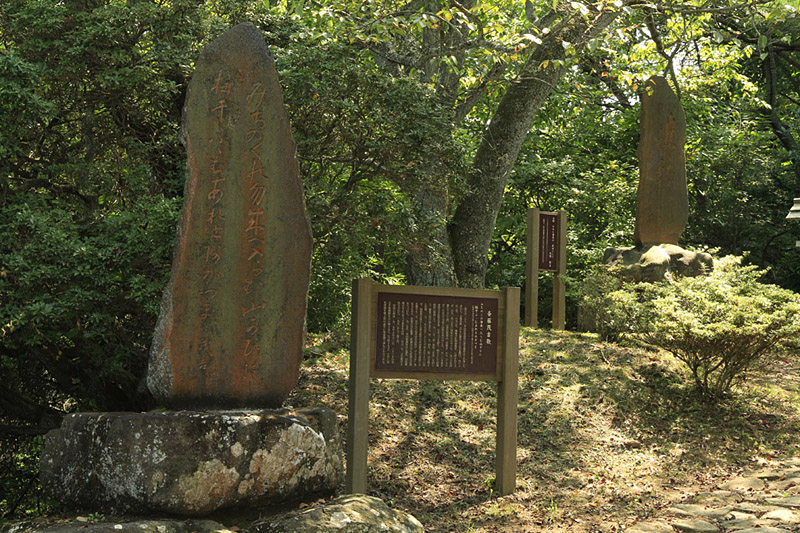
"Nakono Seki Park" is a park where cherry blossoms were planted by the Iwaki Taira clan during the Edo period and maintained as the "Nakono Seki Ruins." From the Heian period to the early modern period, such as Minamoto no Yoshiie, Ono Komachi, Izumi Shikibu, Asukai Masanobu (a court noble and poet from the early Edo period), and Saito Mokichi (a poet from the Taisho to early Showa periods). There is a ``Poetry Path'' lined with monuments of poems, an experiential learning facility ``Fubukiden'', and ``Nakoseki Literature and History Museum''. The cherry blossoms that bloom in spring are spectacular.
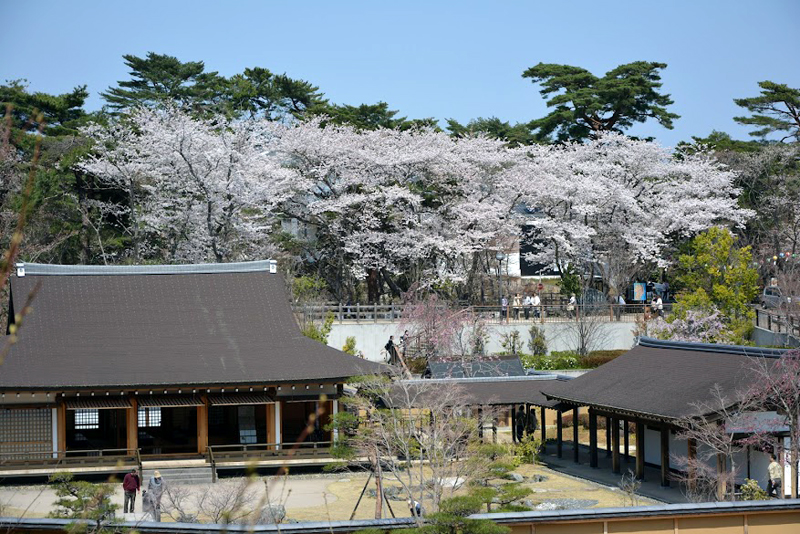
Nakono Seki <Information>
- Facility name: Nakono Seki Park (Nakono Seki Ruins)
- Address: Sekida Nagasawa area, Nakoso-cho, Iwaki-shi, Fukushima prefecture
- Phone number: 0246-43-0033 (Iwaki City Park Green Tourism Corporation)
- Facility name: Nakoseki Literature and History Museum
- Address: 6-1 Sekida Nagasawa, Nakoso-cho, Iwaki-shi, Fukushima
- Phone number: 0246-65-6166
- Opening hours: 9:00-17:00 (last entry: 16:30)
- Admission fee: General 330 yen, Junior high/high school/vocational school/university students 220 yen, Elementary school students 170 yen
- Closed: 3rd Wednesday of the month (in the case of a holiday, the following weekday), January 1st
- URL: Nakonoseki Park/Nakonoseki Literature and History Museum
Google Map
``Nakoso no Seki'' is a romantic spring. We look forward to solving the mystery in the future.
No official excavation survey of Nakono Seki has been conducted by the national government, local governments, or research institutions. Therefore, the truth remains dark even today.

There are also questions about whether the character ``Nakoso'' has been used since ancient times. In the world of waka poetry during the Heian period, the kanji ``Nakoso'' was not used, and hiragana or kanji such as Nakoso and Nakoso were used. However, ``Nakoso'' was used to mean ``Don't come = Nakoso,'' so it seems that someday it became ``Nakoso.''
It looks like there will be more discoveries to be made that will solve the mysteries of ``Nako no Seki,'' and we hope that the time will come when the whole story of ``Nako no Seki'' will be revealed.



![[Onahama, Iwaki City, Fukushima Prefecture] Onahama has regained its liveliness with the opening of Onahama Marine Bridge 24911854_m](https://jp.neft.asia/wp-content/uploads/2022/11/24911854_m-150x150.jpg)
!["Negaseki" is one of the three ancient Oshu sekies that surpasses Minamoto Yoshitsune and Matsuo Basho [Tsuruoka City, Yamagata Prefecture] 3809167_m](https://jp.neft.asia/wp-content/uploads/2023/02/3809167_m-150x150.jpg)
![[Iwaki City, Fukushima Prefecture] The amount of hot water is number one in Fukushima Prefecture. ``Iwaki Yumoto Onsen'' has hot springs for everything from hula dancing to racehorses. 22813913_m](https://jp.neft.asia/wp-content/uploads/2022/11/22813913_m-150x150.jpg)
![[Tsuruoka City, Yamagata Prefecture] Camping and overnight drying squid making experience! What kind of place is the popular Nezugaseki? Nezugaseki](https://jp.neft.asia/wp-content/uploads/2023/08/22221142_m-150x150.jpg)
![The delicacy "Anko" is a delicious winter taste on the beach! [Fukushima Prefecture] Monkfish](https://jp.neft.asia/wp-content/uploads/2022/02/2054097_m-150x150.jpg)
![What is Shirakawa's Seki? Shirakawa, a border town where the checkpoint was once located [Fukushima Prefecture] Shirakawa Seki destination display](https://jp.neft.asia/wp-content/uploads/2022/08/26073816_m-150x150.jpg)
![Appears in the first episode of the anime "Zatsu Tabi - That's Journey"! Let's go to Aizuwakamatsu City [Fukushima Prefecture] 30948239_m](https://jp.neft.asia/wp-content/uploads/2025/05/30948239_m-150x150.jpg)
